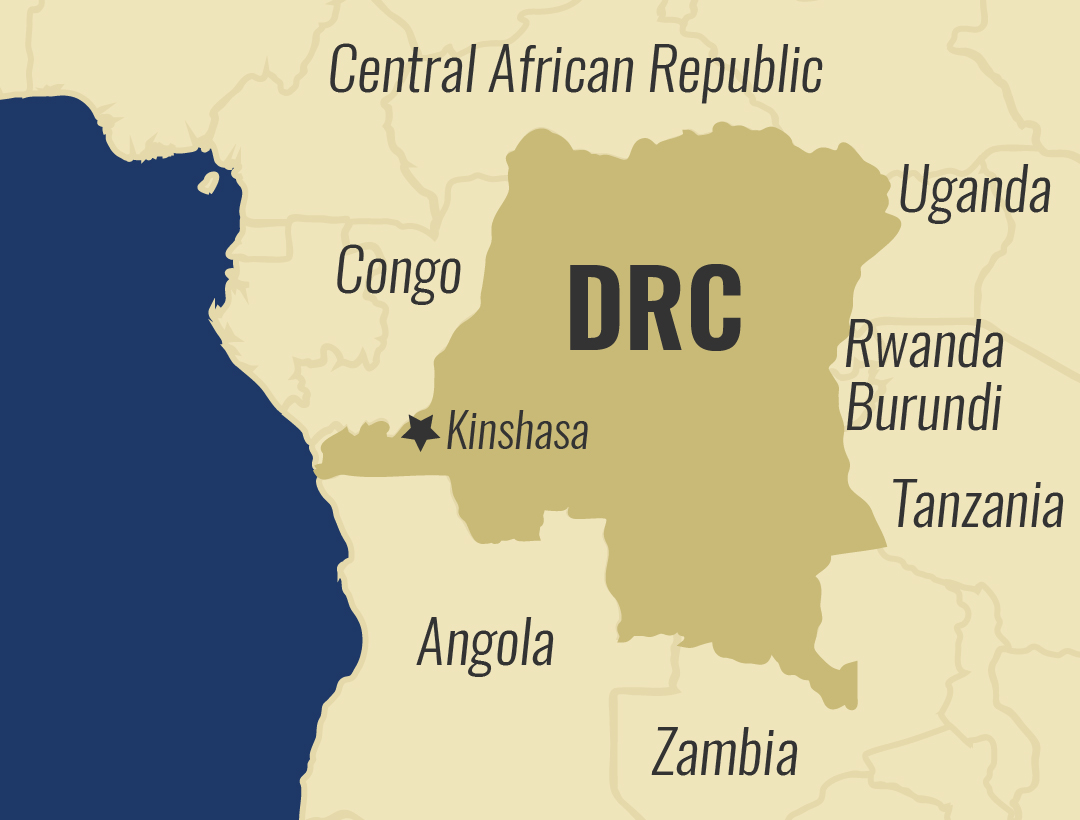Faces of Africa – Defenders of the forest
Madagascar has many wetland ecosystems including lakes, marshes, swamps and lagoons. Typically found in coastal regions, these habitats support a disproportionate amount of Madagascar’s bird life.
The Island harbours lush rain forests, tropical dry forests, plateaus and deserts. Its more than 3,000 miles of coastline and over 250 islands are home to some of the world’s largest coral reef systems and most extensive mangrove areas in the Western Indian Ocean.

This marks Madagascar as one of the world’s most important bio-diverse hotspots. The vast majority of its species of flora and fauna are unique only to the Island. The Indri, Spine frog, Lemurs, chameleons among other inhabitants of the rain forest are under threat from extinction.
The small scale clearance of forest primarily for firewood and charcoal and scorch and burn practices used to clear tracts of land by locals for farming is fast becoming widespread and therefore threatening the entire ecosystem.
The need to turn these bad practices around gave rise to the formation of Mitsinjo Association, which is a community based organization tasked with finding ways for locals to benefit from their immediate natural environment and preservation of the Island’s heritage.

The Andasibe village is located within the Mitsinjo National Reserve. In 2003 the group embarked on planting trees and conserving the animals that were in danger of extinction. Each member is assigned a particular zone depending on their area of expertise.
’We started only as simple guides initially.” reminisces Justin Claude, who was 17 years then. the youngest founder of Mitsinjo Association and the current Amphibian Conservation Director. Also one of the founding members Youssouf Martin is in charge of the tree nursery a project charged with planting more native tree species. “We’re restoring 25 hectares per year so we must grow 30, 000 seedlings of about 60 different species of the native trees.”

Madagascar is thought to have more than three hundred species of frogs, ninety nine per cent of which are indigenous. These are one of the most critically endangered creatures on the Island. Hence in 2010, after training on amphibian conservation, Justin started the Amphibian Conservation Project a one of its kind in the Island.
Mitsinjo Association engages in a variety of education and capacity building programs for the communities they support, including farmers, schools and health care facilities around Andasibe village on how to best appreciate and utilise the natural resources around them rather than against them.

To continue to enjoying the unique flora and fauna on the Island it will be dependent upon the survival of the Madagascar’s natural heritage.
With local conservationists like the Mitsinjo Association continue working tirelessly to ensure that the glory of its forests is restored and conserved.





